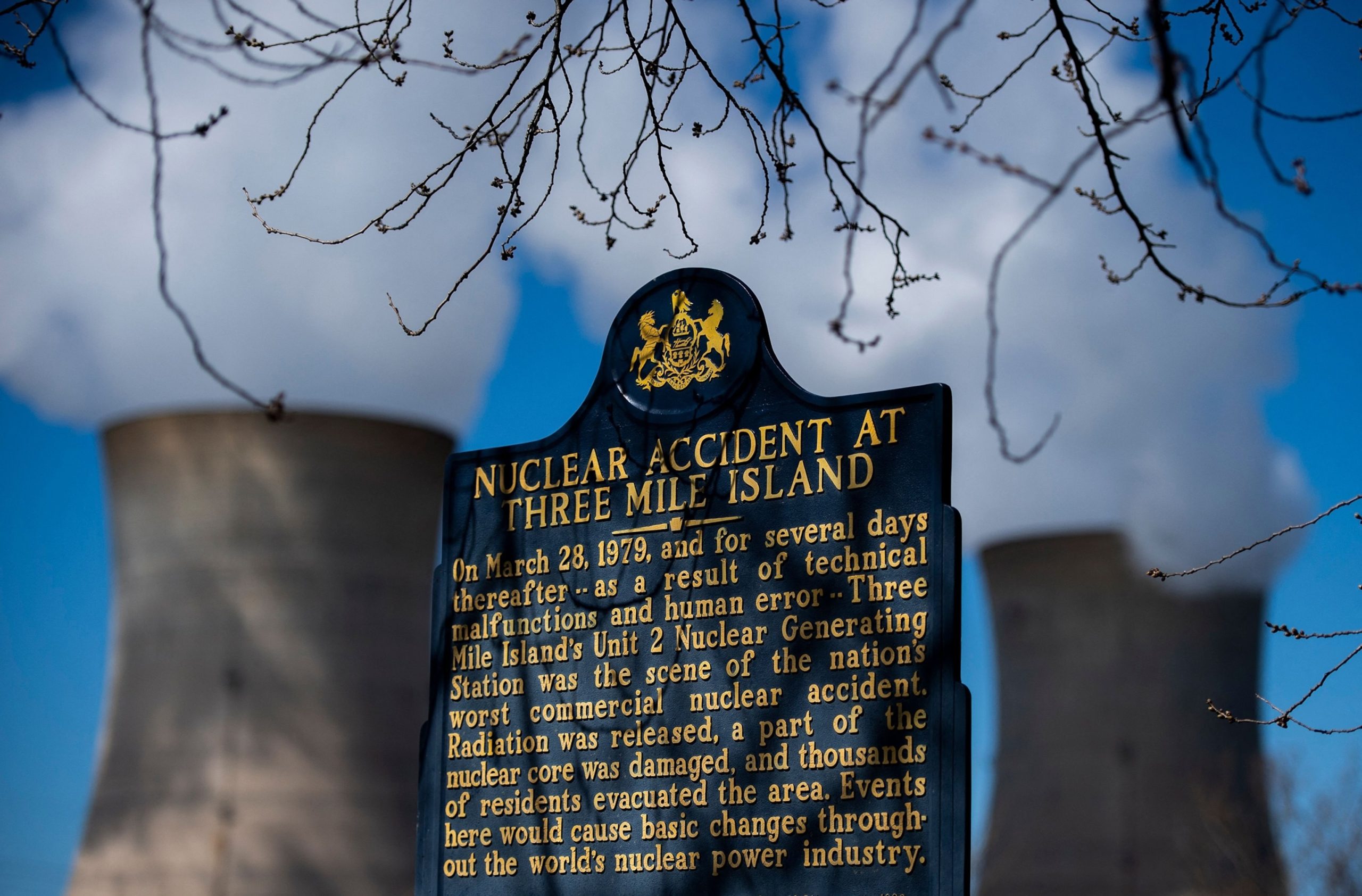
PORTLAND, Maine — The federal government issued on Monday the nation’s first floating offshore wind research lease to the state of Maine, comprising about 23 square miles (60 square kilometers) in federal waters.
The state requested the lease from the federal Bureau of Ocean Energy Management for a floating offshore wind research array with up to a dozen turbines capable of generating up to 144 megawatts of renewable energy in waters nearly 30 miles (48 kilometers) southeast of Portland, Maine.
The research array will use floating offshore wind platforms designed by the University of Maine and deployed by partner Diamond Offshore Wind. But construction is not likely for several years.
The research is key to growing the ocean wind energy industry in Maine.
Democratic Gov. Janet Mills signed a bill last year that aims to see Maine procure enough energy from offshore wind turbines to power about half its electric load by 2040, and the state has selected a site to build, stage and deploy the turbine equipment. In the next decade, University of Maine researchers envision turbine platforms floating in the ocean beyond the horizon, stretching more than 700 feet (210 meters) skyward and anchored with mooring lines.
“Clean energy from offshore wind offers an historic opportunity for Maine to create good-paying jobs, reduce our reliance on fossil fuels, and fight climate change by cutting greenhouse gas emissions,” Mills said.
The state requested the lease in 2021. The roughly 23 square miles (60 square kilometers) in the federal lease is larger than the state’s request of about 15 square miles (39 square kilometers). It will allow the state, the fishing community, oceanography experts and the offshore wind industry to thoroughly evaluate the compatibility of floating offshore wind.
Floating turbines are the only way some states can capture offshore wind energy on a large scale. In the U.S. alone, 2.8 terawatts of wind energy potential blows over ocean waters too deep for traditional turbines that affix to the ocean floor, according to the National Renewable Energy Laboratory. That’s enough to power 350 million homes — more than double the number of existing homes in the U.S.
President Joe Biden has made offshore wind a key part of his plans for fighting climate change.
Since the start of his administration, the Department of the Interior has approved the nation’s first nine commercial scale offshore wind projects with a combined capacity of more than 13 gigawatts of clean energy — enough to power nearly 5 million homes.
The state of Maine has recently made history by receiving the first floating offshore wind power research lease from the federal government. This groundbreaking development marks a significant step forward in the advancement of renewable energy technology in the United States.
The lease, issued by the Bureau of Ocean Energy Management (BOEM), grants the University of Maine’s Advanced Structures and Composites Center permission to conduct research on floating offshore wind turbines in federal waters off the coast of Maine. This research will focus on developing and testing new technologies that have the potential to revolutionize the offshore wind industry and make renewable energy more accessible and cost-effective.
Floating offshore wind turbines have the potential to harness the strong and consistent winds found further out at sea, where traditional fixed-bottom turbines are not feasible. By utilizing floating platforms, these turbines can be deployed in deeper waters, opening up vast new areas for offshore wind development.
Maine is uniquely positioned to lead the way in floating offshore wind research, with its abundant wind resources and strong commitment to renewable energy. The state has set ambitious goals for reducing greenhouse gas emissions and increasing renewable energy production, and floating offshore wind has the potential to play a key role in achieving these targets.
In addition to its environmental benefits, floating offshore wind also presents economic opportunities for Maine and the broader region. The development of a thriving offshore wind industry could create jobs, attract investment, and stimulate economic growth in coastal communities.
The issuance of this research lease is a significant milestone in the journey towards a clean energy future. By investing in innovative technologies like floating offshore wind, Maine is demonstrating its commitment to sustainability and leadership in the transition to a low-carbon economy.
As research progresses and new technologies are developed, the potential for floating offshore wind power to become a major source of renewable energy in the United States continues to grow. With the support of government agencies, academic institutions, and industry partners, Maine is well-positioned to lead the way in this exciting field and pave the way for a more sustainable future for generations to come.


